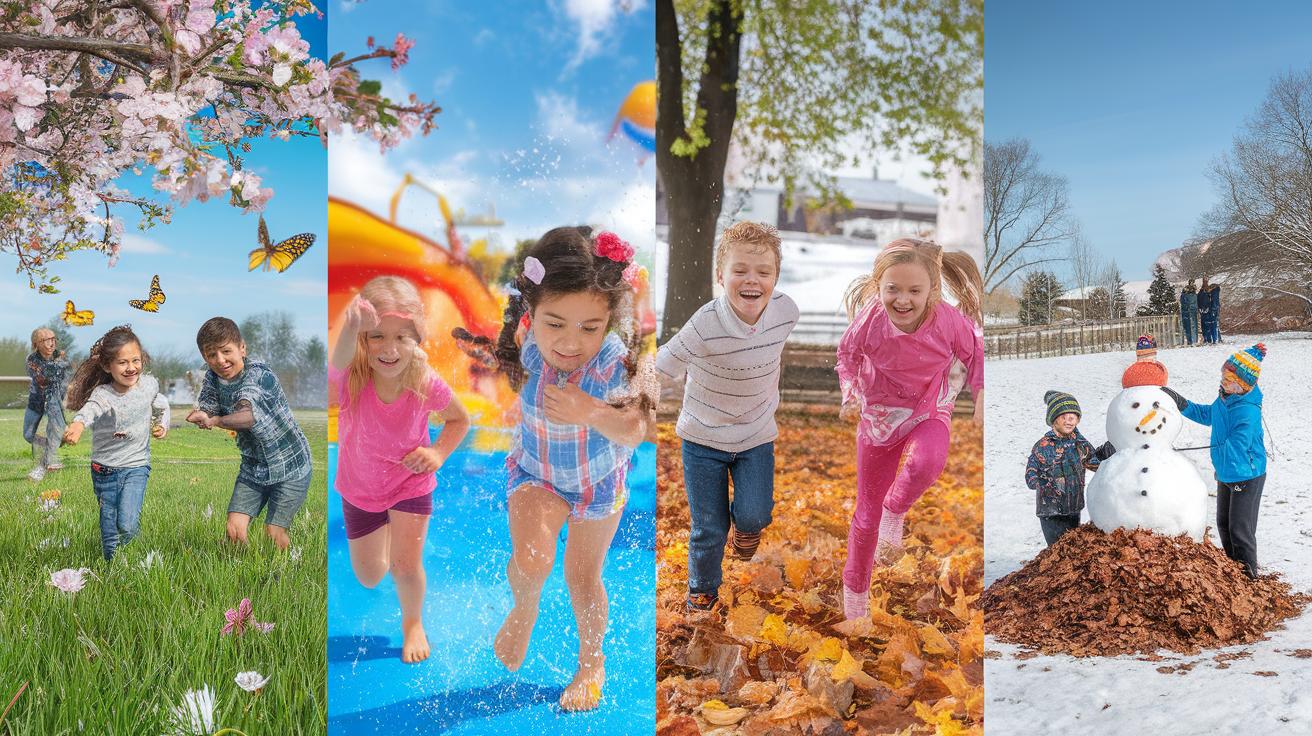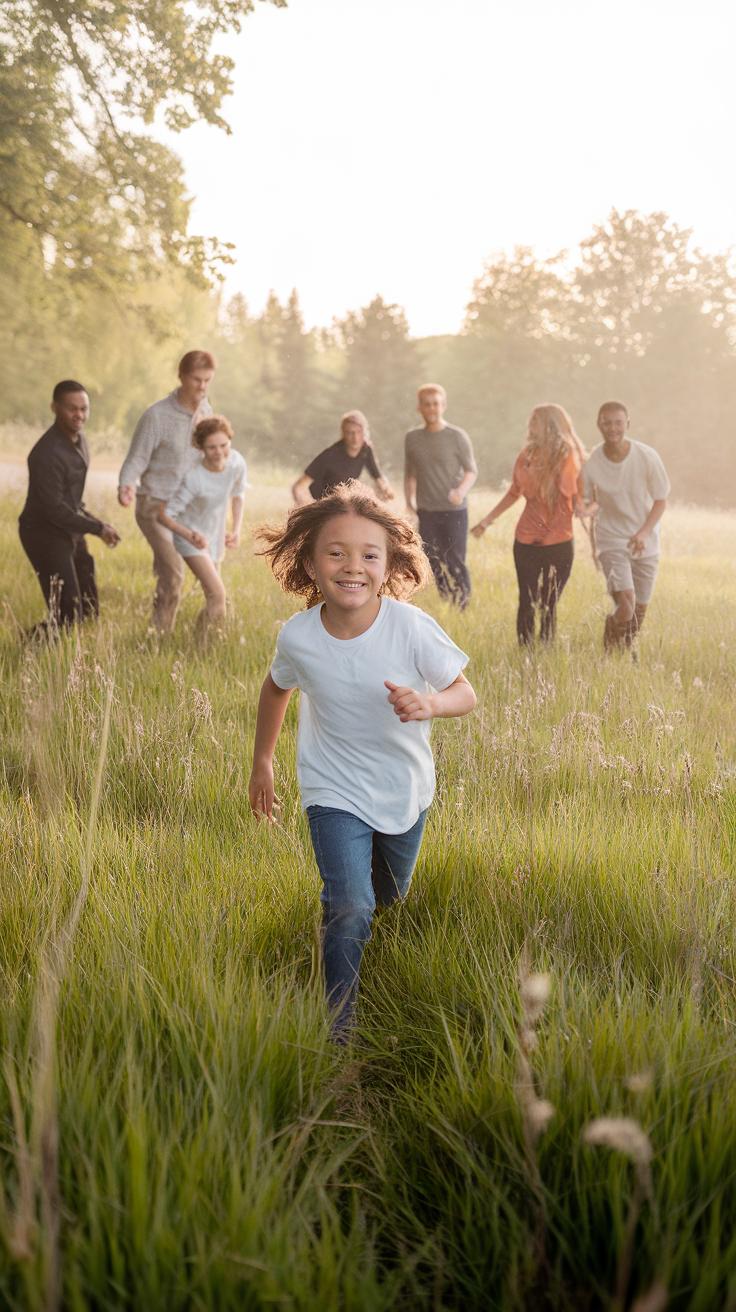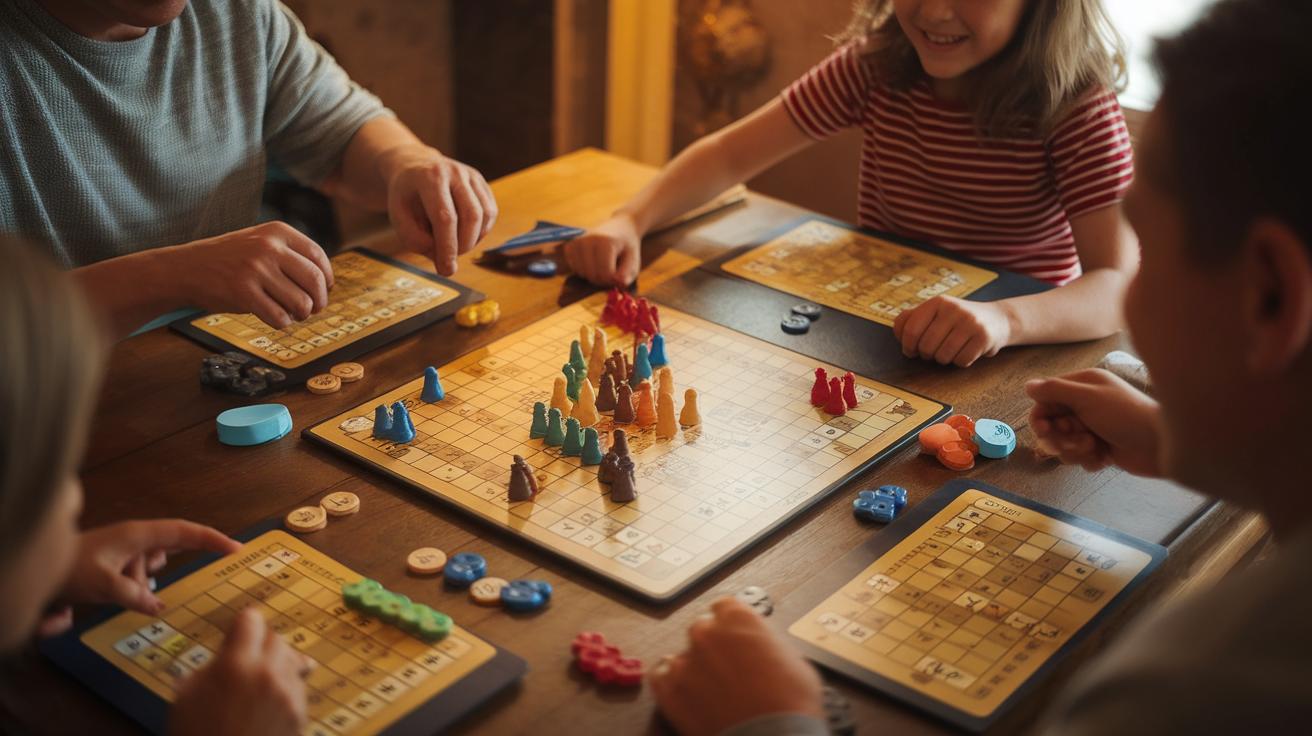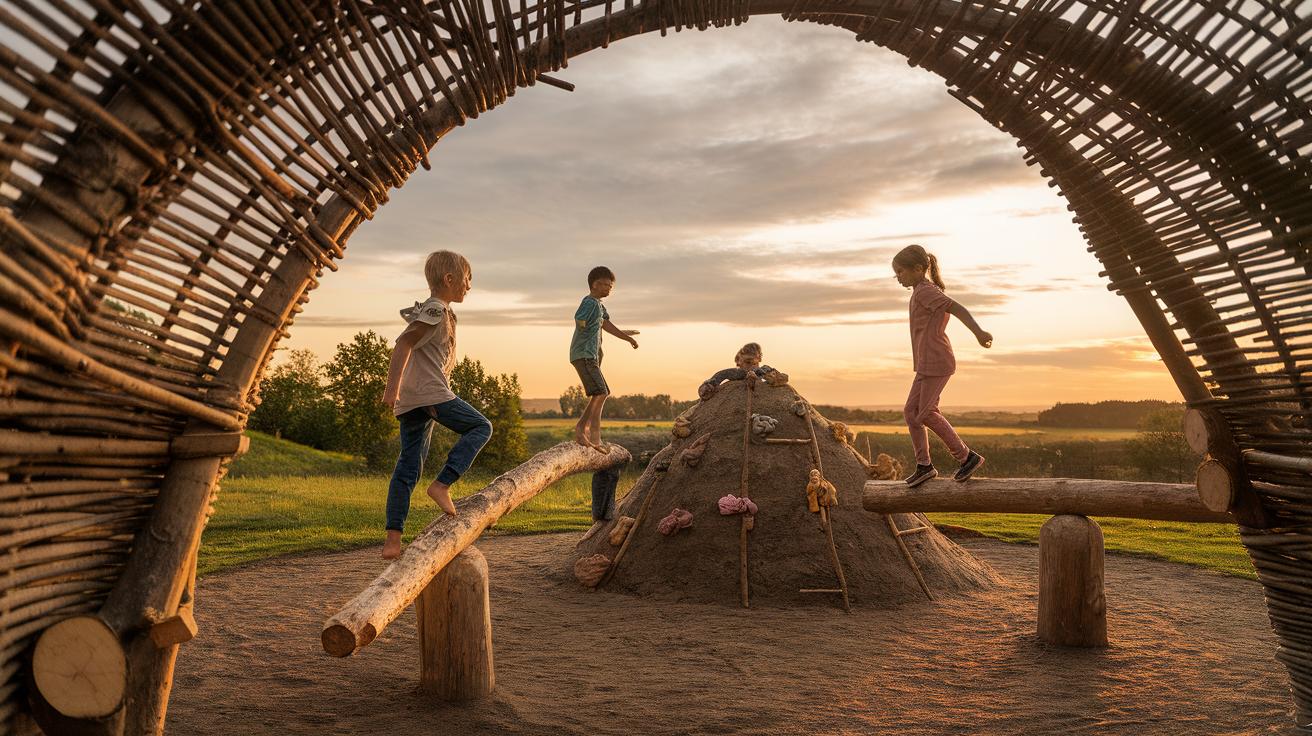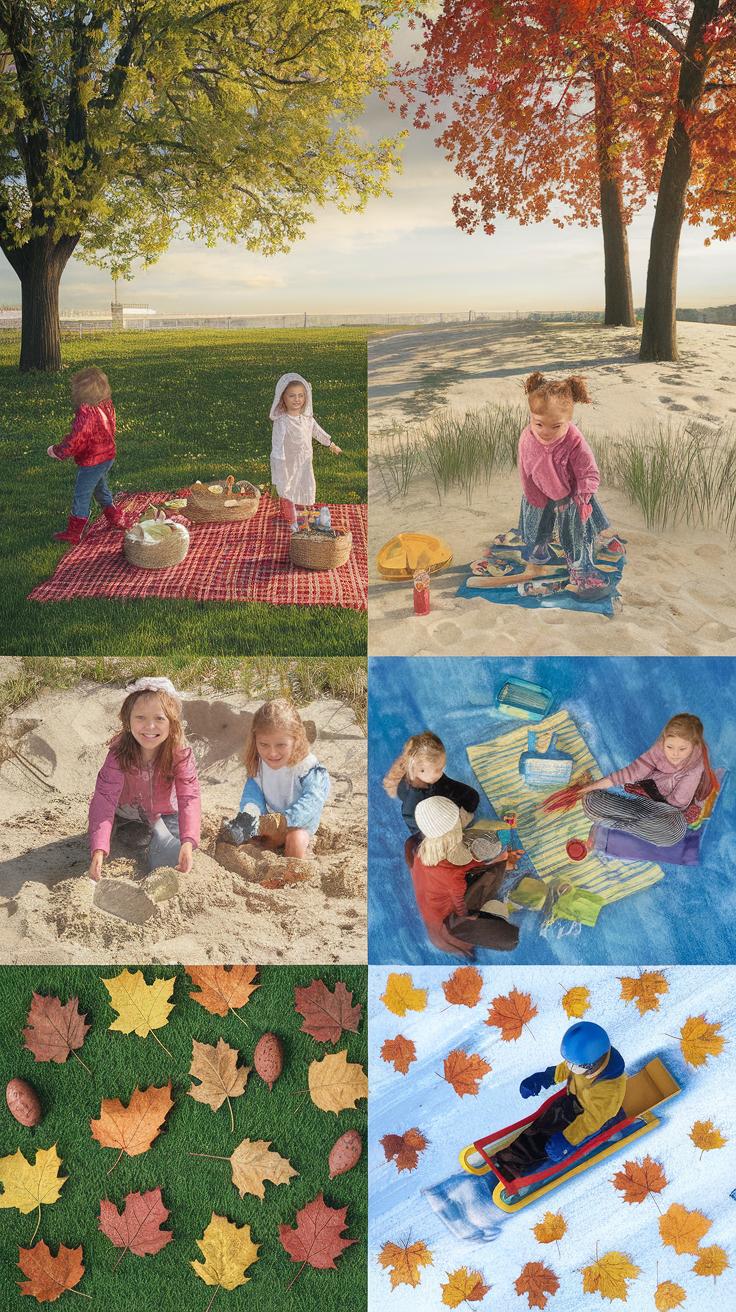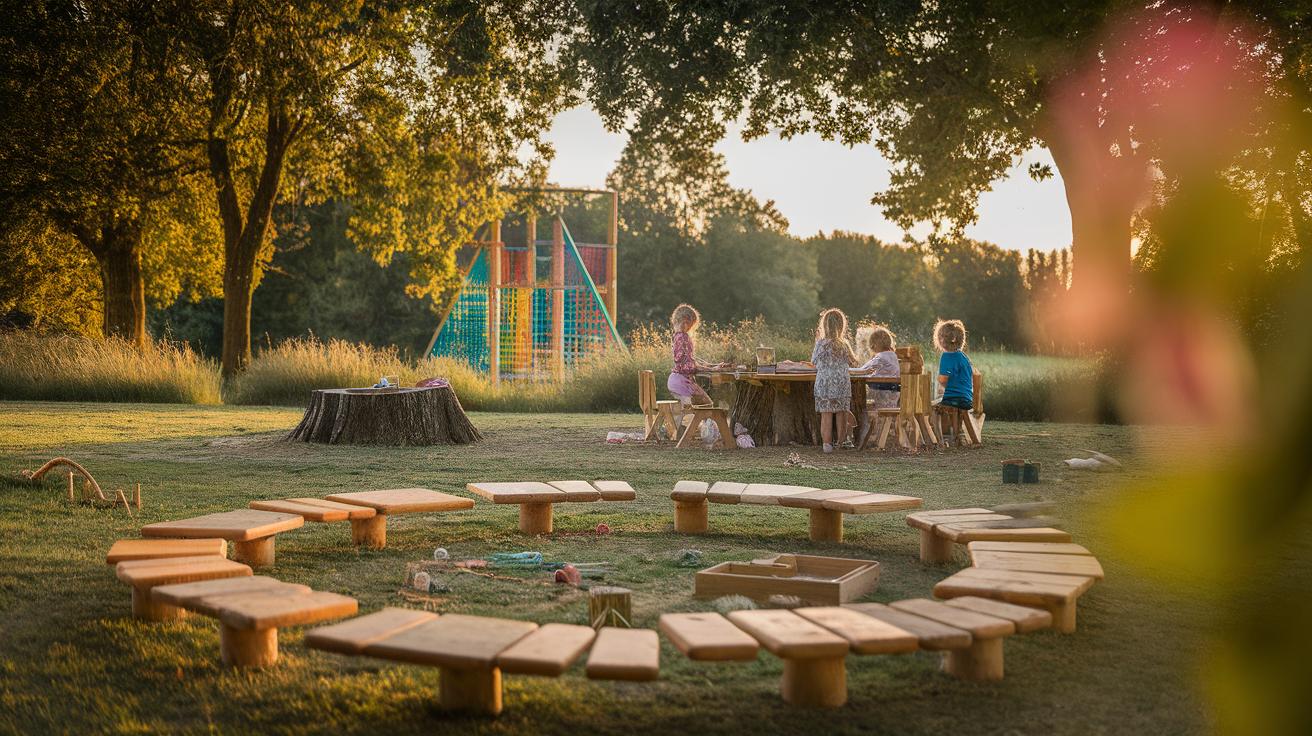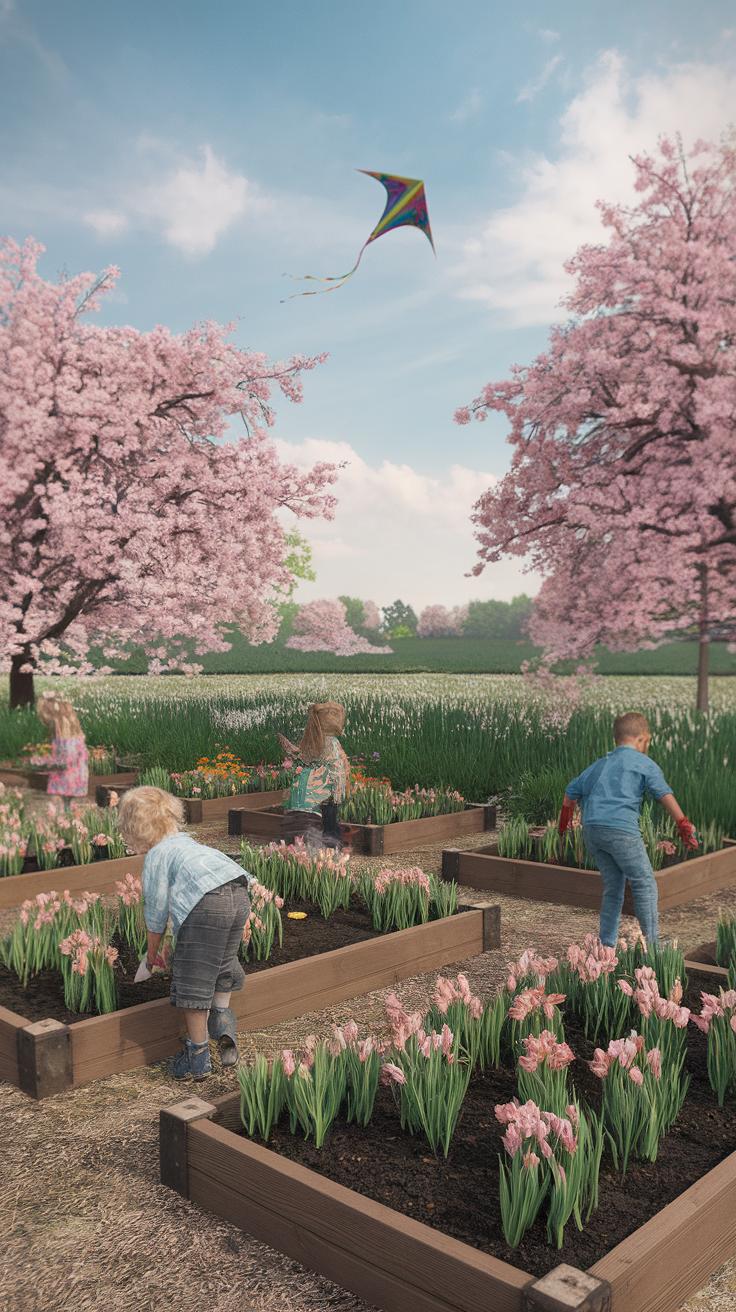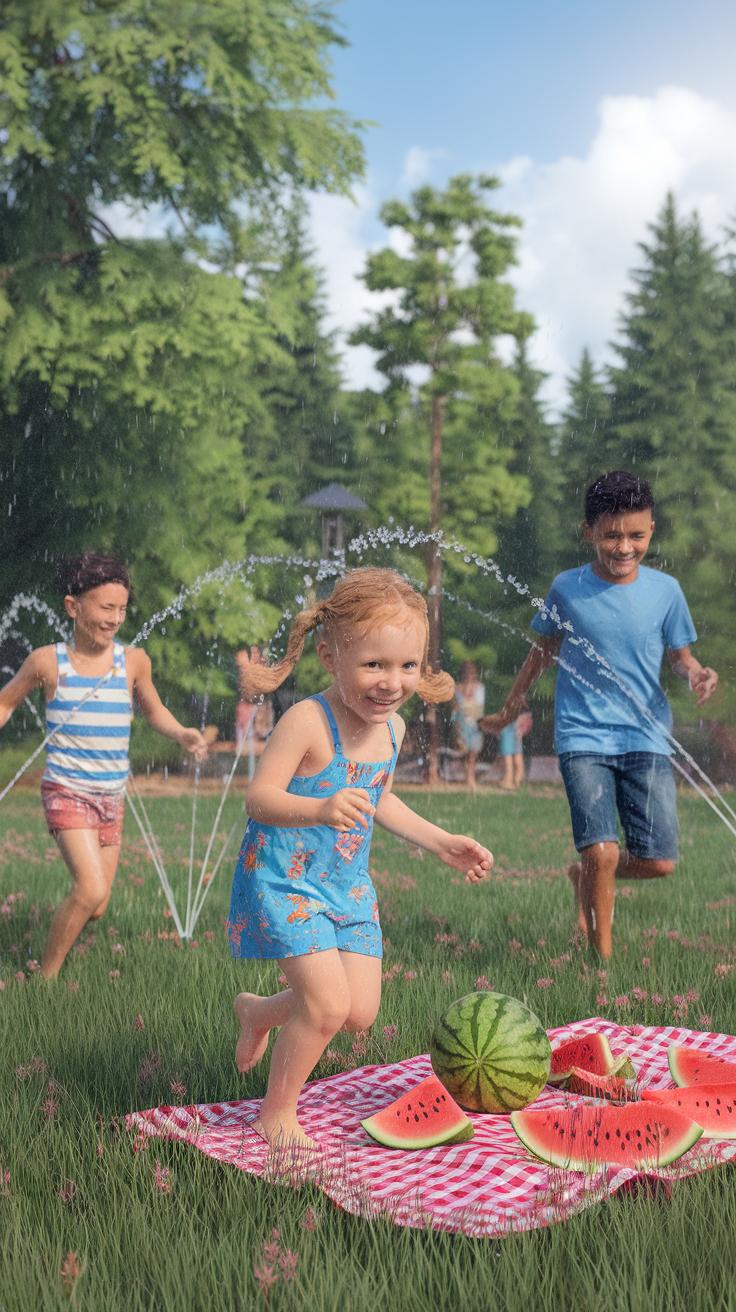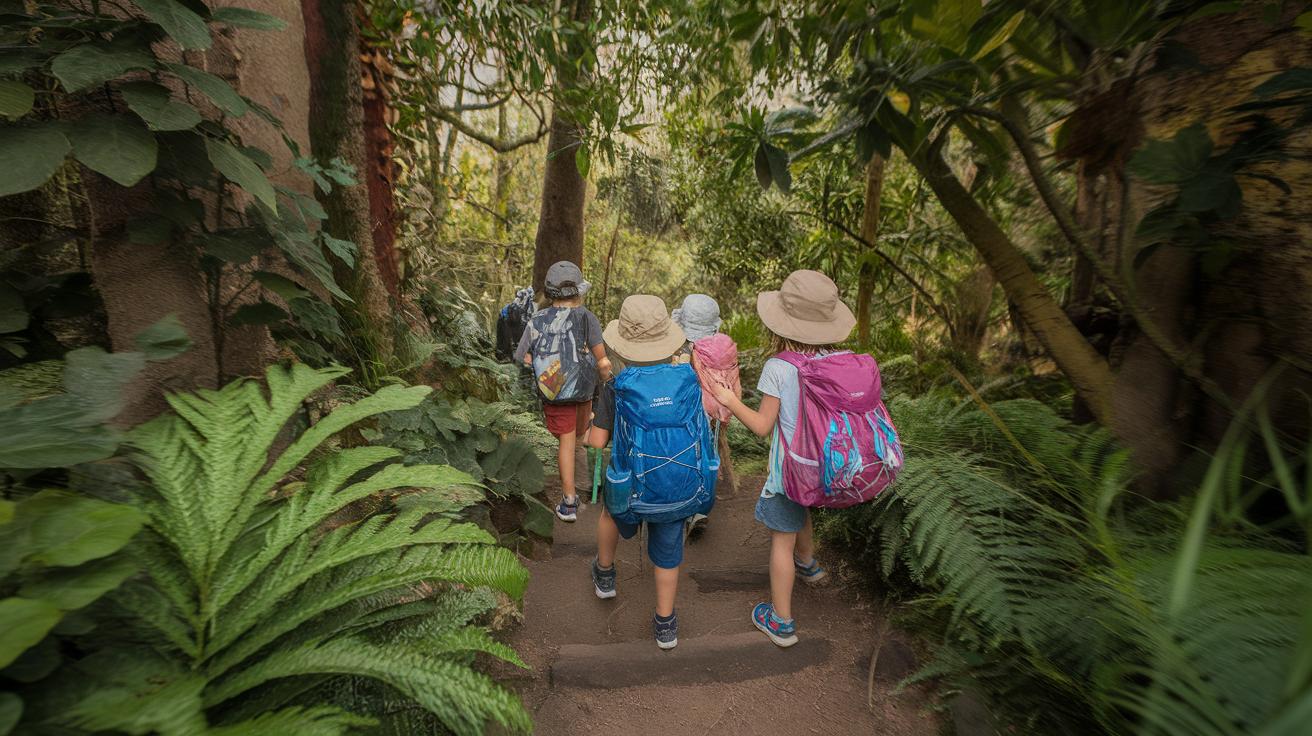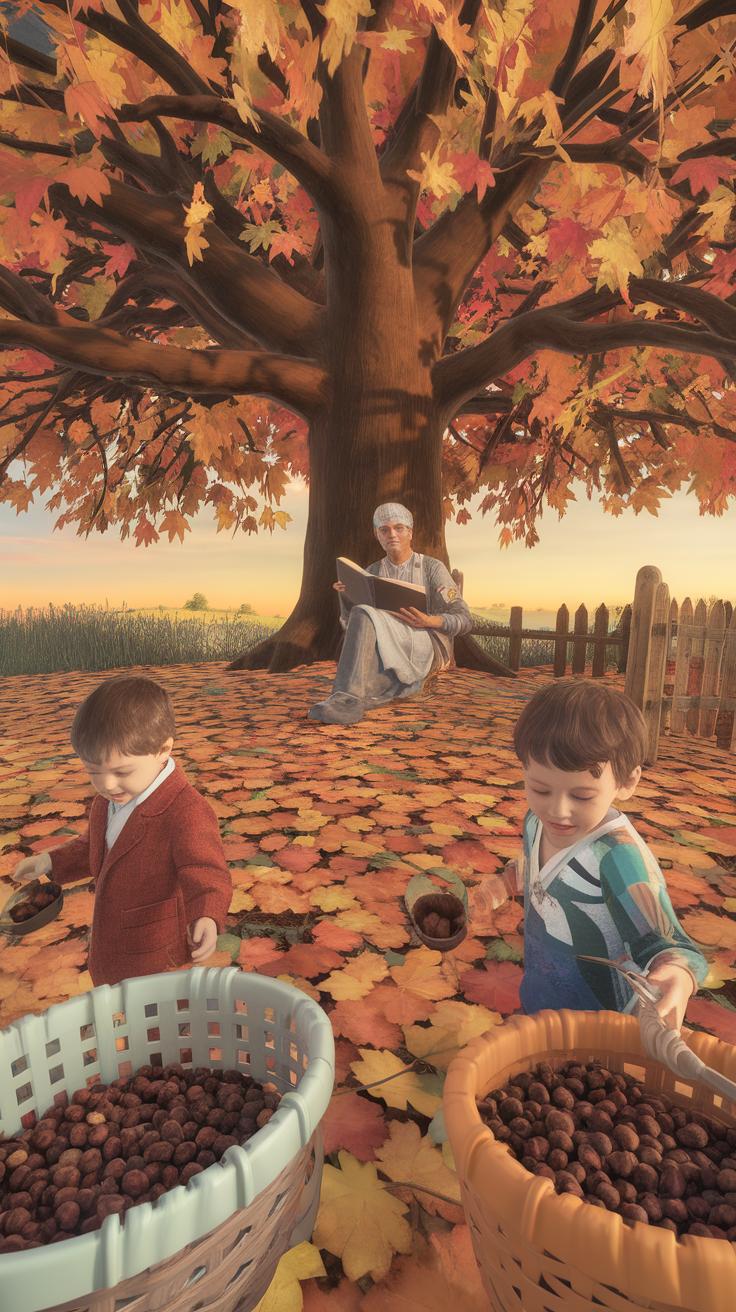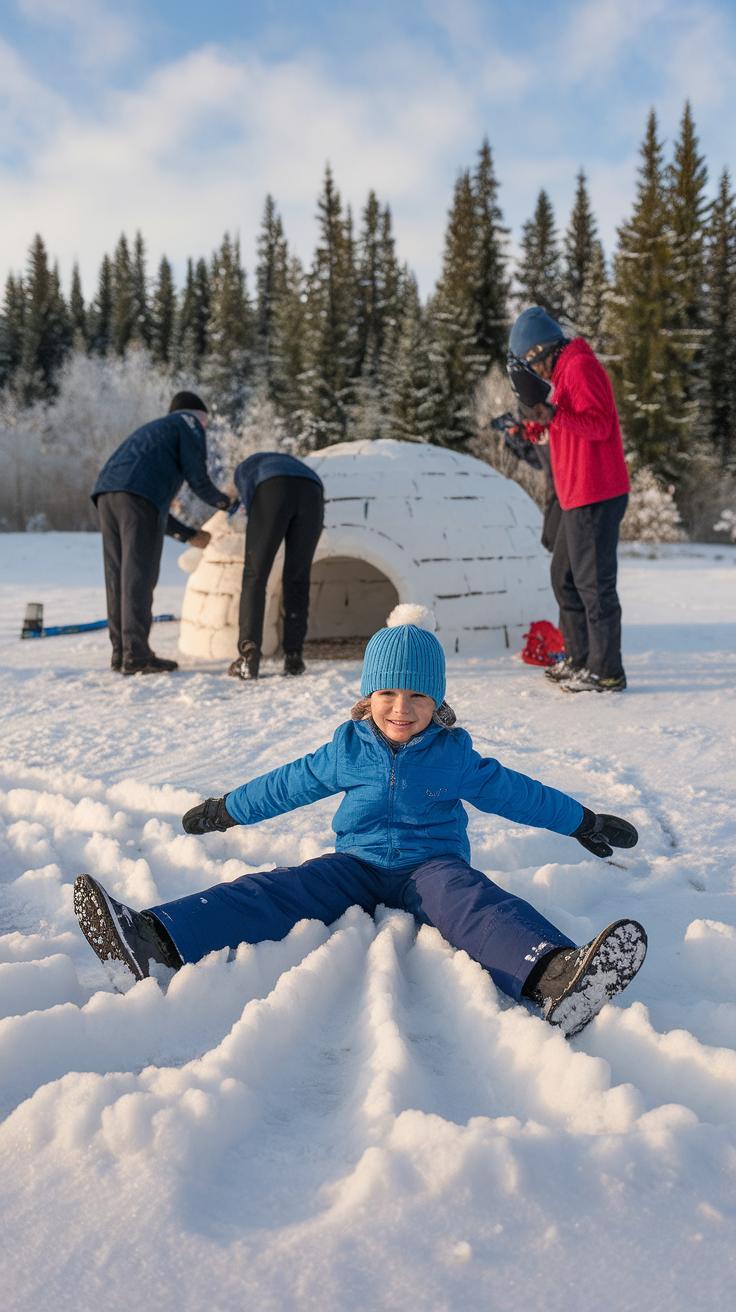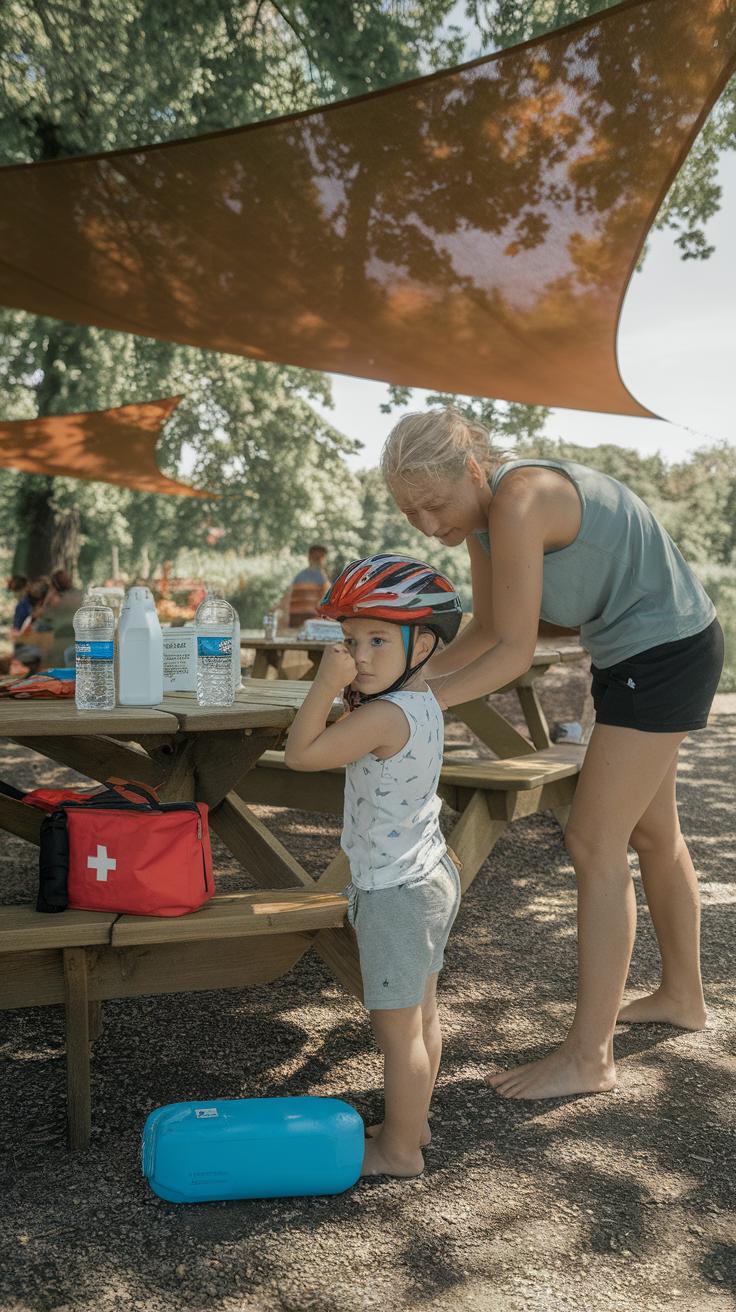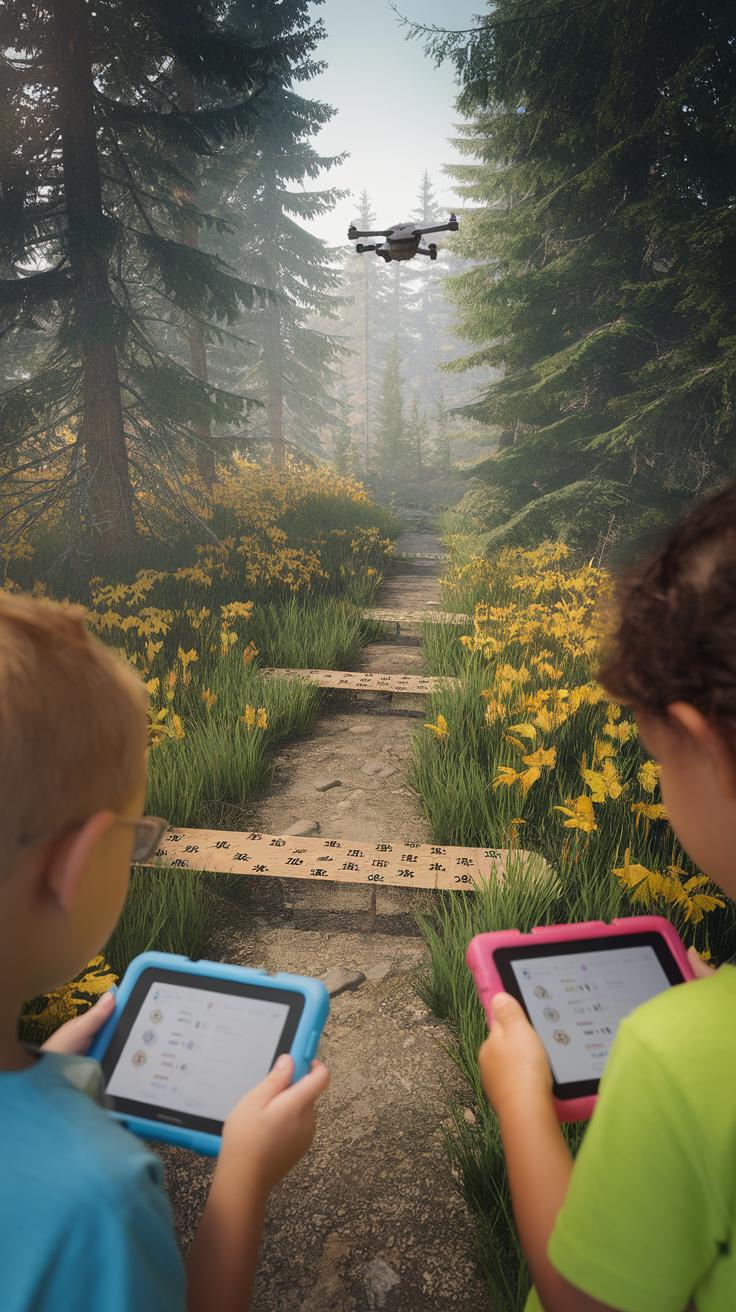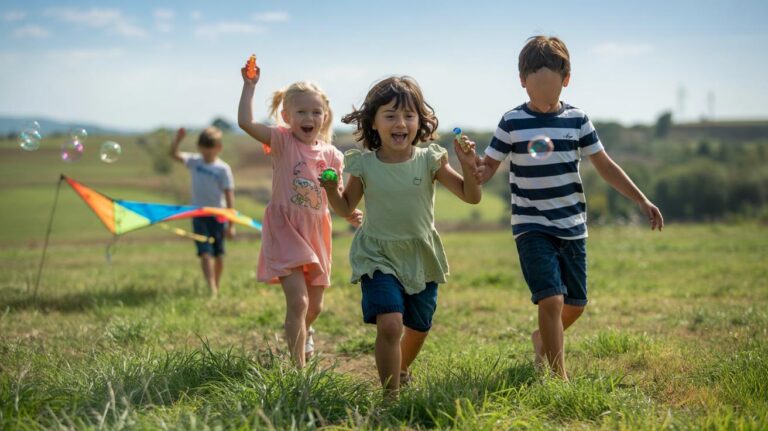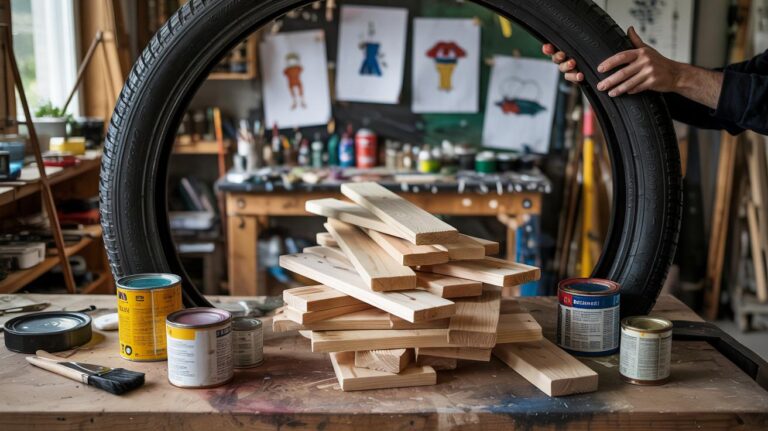Introduction
Outdoor play plays a vital role in your child’s growth, offering benefits that enhance physical health, boost creativity, and improve social skills. Providing a variety of outdoor play activities throughout the year keeps your child active and engaged. Each season brings unique opportunities for play, and understanding how to make the most of them can help you create memorable and enriching experiences for your children. How do different seasons impact outdoor play, and what activities suit each time of year? This article provides practical guidance on inspiring your child’s outdoor play no matter the season.
Children learn best through hands-on experience, and outdoor environments offer space for exploration and physical challenges. Playsets, playgrounds, natural surroundings, and season-specific activities all serve as venues for your child to develop coordination, balance, and strength. By tailoring outdoor play activities to the weather and environment, you make sure your kids remain interested and stimulated throughout the year. What strategies can you employ to maintain excitement and encourage safe outdoor play every season?
Benefits of Outdoor Play for Children
Outdoor play helps children grow stronger physically, mentally, and socially. When your child spends time outdoors, they develop better coordination by running, climbing, and balancing. Moving on uneven ground or grabbing tree branches challenges their muscles and motor skills.
Outdoor environments also spark creativity. Simple things like sticks, leaves, or rocks become props in imaginative games. When children play outside, they often invent stories and solve problems, which sharpens their thinking skills.
Playing in nature also supports emotional health. Fresh air and sunlight help children feel calmer and less stressed. Being outdoors encourages children to interact with others, leading to better social skills like sharing, teamwork, and communication. How can you encourage your child to make outdoor play a regular habit?
Physical Health Improvements
Active outdoor play builds strength, balance, and coordination in children. Activities like climbing playground structures, jumping rope, or riding bikes strengthen muscles and improve body control. Running games help increase endurance while developing faster reflexes.
Simple games such as tag or hopscotch teach your child how to adjust their movement quickly. Throwing and catching balls improve hand-eye coordination. You can create mini obstacle courses with cones or ropes for your child to practice balance and speed.
What outdoor activities does your child enjoy that also promote physical fitness? Encouraging regular active play supports healthy growth and lifelong habits.
Cognitive and Social Benefits
Outdoor play encourages creativity and problem-solving. When children build forts, create nature art, or explore new spaces, they experiment and innovate. These activities challenge their thinking and planning abilities.
Group games like relay races or scavenger hunts help kids learn cooperation, negotiation, and leadership. Playing roles in imaginative play, such as pretending to be explorers or shopkeepers, enhances communication and empathy.
Outdoor settings often provide fewer distractions, helping your child focus more on tasks and social interaction. What new challenges can you introduce during outdoor play to boost your child’s critical thinking and social skills?
Planning Outdoor Activities According to Seasons
When planning outdoor play, adjust your activities to match the season. Each season brings unique opportunities and challenges for kids to experience nature safely and enjoyably. Spring and summer invite more water games, hiking, and longer playtimes outside. Fall offers leaf collection, nature walks, and crisp-air sports, while winter is perfect for snow play or exploring frozen landscapes.
Choosing suitable clothing and gear keeps children comfortable and protected. Ensure kids wear layers during cooler months to regulate body temperature. Sunscreen and hats are must-haves when the sun is strong. Shoes with good grip help prevent slips on wet or icy surfaces. Always check the weather forecast before heading out to prepare for sudden changes.
Using the right equipment enhances fun while maintaining safety. For example, helmets and pads are crucial when biking or skating. Lightweight, breathable fabrics suit warm days, and waterproof jackets protect against rain. Adapting outdoor play to the season helps your child stay active, happy, and safe all year long.
Preparing for Seasonal Challenges
Keep your child comfortable by picking weather-appropriate clothing. Breathable cotton works well in warm weather, while insulated jackets and hats protect against cold winds. Layering helps adjust to temperature swings during spring and fall. Waterproof boots stop feet from getting wet on rainy days.
Look closely at play areas before each season. Remove fallen branches or slippery leaves in autumn. Check icy patches in winter. Clear away debris after storms. Make sure playground surfaces are safe and free of hazards. Is there enough shade when the sun is strong? Is the area protected from strong winds? Preparing the space reduces risks and lets kids focus on fun.
Choosing Age-Appropriate Activities
Match activities to your child’s age and skills while considering the season. Younger kids may enjoy simple nature walks or collecting colorful leaves in fall. Older kids can try snowball games or trail biking in winter. Avoid activities that require advanced coordination or strength if your child is just starting to build those skills.
Ask yourself what your child can safely handle outdoors. Are they steady on uneven ground? Can they manage cold temperatures for longer periods? Adjust the playtime length and complexity to keep them engaged without causing frustration or fatigue. Selecting the right activity supports your child’s growth and helps build confidence each season.
Engaging Spring Outdoor Activities
Spring offers a fresh chance for your child to connect with nature through hands-on activities. Getting outside to plant seeds creates a routine that encourages patience and observation. Watching tiny sprouts grow day by day teaches kids to care for living things and notice changes in the environment.
Nature scavenger hunts turn walks into adventures where children learn to identify flowers, insects, and trees. You can tailor the hunt to their interests, asking them to find specific colors, textures, or shapes found in your neighborhood. This kind of activity sharpens attention to detail and motivates curiosity about the world outside.
Creative play also thrives in spring. Using natural materials such as twigs, petals, and leaves lets kids craft while connecting to what they see outdoors. These projects combine art with nature, encouraging your child to express themselves and appreciate seasonal changes actively. Which natural objects catch your child’s eye today?
Gardening and Planting
Inviting your child to plant flowers or vegetables teaches responsibility by linking actions to results. When they water plants or pull weeds, they learn the importance of care and routine. You can start with easy projects like growing sunflowers or cherry tomatoes in small pots.
Encourage your child to keep a gardening journal. They can record what they plant, how often they water, and what changes they observe. This habit builds observation skills and a sense of accomplishment. When plants begin to bloom or produce food, your child understands how effort leads to reward.
Nature Exploration and Crafts
Spring’s natural materials inspire many art activities that boost creativity. Making flower crowns from daisies or wildflowers invites kids to practice fine motor skills and design. Leaf prints offer a way to explore shapes and patterns using paint and paper.
You can collect small sticks, stones, and petals during walks to use later in collages or nature mobiles. These crafts encourage children to notice textures and colors they might otherwise overlook. What art project will your child create with what they find outside?
Summer Outdoor Play Ideas
Summer calls for activities that help your child stay active while avoiding the heat. Water-based games make great options to keep your kids cool and moving. Sprinklers or small kiddie pools can turn your backyard into a fun splash zone. You might set up a water balloon toss or a sponge relay race to add excitement.
Create simple obstacle courses using cones, ropes, and household objects. These courses challenge agility and balance. Encourage your child to race through while timing their runs to boost motivation.
Nature hikes offer a chance for adventure and learning. Choose shaded trails to avoid the midday sun and pack plenty of water. Ask your child to spot different birds, insects, or plants along the way. How does the environment change as they walk?
What summer activities does your child enjoy that keep them moving and refreshed? Seeing them energized can inspire you to try new ideas daily.
Water-Based Activities
Playing with water helps children cool down and stay hydrated, which is crucial during hot days. Running through sprinklers provides a break from the heat and improves coordination. Even small pools offer hours of entertainment and physical movement.
Water balloon games teach teamwork and aim. They also burn off energy safely. You can organize a water balloon target challenge or a timed passing game in teams. These activities foster social skills while keeping kids refreshed.
Water play encourages longer outdoor time when hydration is part of the fun. Are you prepared with enough water toys to keep your child engaged throughout the summer? Planning ahead helps your child enjoy healthy movement and reduce overheating risks.
Outdoor Adventure and Sports
Warm weather invites running games that build endurance and coordination. Try classic tag, relay races, or capture the flag in shaded areas. These games keep children active and focused.
Biking rides provide excellent exercise while developing balance and confidence. Pick safe routes away from traffic and bring helmets to protect your child. You could also organize family bike rides to make it a bonding activity.
Consider low-impact sports like soccer or frisbee that allow frequent rests in the shade. Setting clear rules about hydration breaks makes these activities safe for long play. How can you create a routine that balances physical effort with rest and water?
Autumn Fun and Learning Outdoors
Autumn offers a great chance to combine fun and learning outside. Encourage your child to collect different types of leaves on walks. Talk about their colors, shapes, and textures. This helps with observation skills and vocabulary building.
Try pumpkin decorating together. You can explore patterns, colors, and even basic math by counting seeds inside. This activity sparks creativity and fine motor skills. Set up an outdoor storytime session using autumn-themed books. Ask questions about the story to boost listening and comprehension skills.
How does your child notice seasonal changes? Ask them what sounds, smells, or sights are different compared to summer. These moments make outdoor play more meaningful and educational. Autumn invites hands-on adventures that mix play with real-world learning.
Seasonal Crafts with Natural Materials
Using natural materials for crafts brings autumn’s beauty right into your home. Collect colorful leaves, pinecones, and acorns during a walk. Your child can glue leaves onto paper to create unique collages or leaf rubbings using crayons.
Turn pinecones into simple ornaments by adding string and paint. This low-cost craft helps children connect with nature and develop hand-eye coordination. You might ask, “What other items outside could we use?” Their ideas can inspire new projects.
Seasonal crafts allow creativity while reinforcing the connection to the outdoors. They make learning about nature hands-on and memorable.
Learning Through Outdoor Exploration
Outdoor exploration in autumn deepens understanding of nature’s changes. Invite your child to observe animal behaviors like squirrels gathering nuts or birds migrating. What do these actions tell us about the season?
Cloud watching offers chances to discuss weather and patterns. Challenge your child to identify different cloud types or predict if rain might come. These activities sharpen critical thinking and connect science to everyday life.
Encourage your child to describe what they hear, see, and feel outside. How does the air feel cooler? What sounds are new? Noticing these details helps build awareness and curiosity about the natural world in autumn.
Winter Outdoor Play Plans
Cold weather does not mean your child has to stay still. Moving outside keeps children healthy and sharp during winter months. Activities like building snowmen challenge their creativity while also encouraging physical effort. Have you tried creating different snow shapes or characters together?
A snowball fight offers excitement and helps improve coordination. Make sure children wear gloves and avoid packing snow too hard to keep it safe. Sledding also gets kids moving fast, but choose gentle slopes and watch for hazards.
Changing between outdoor excitement and indoor quiet time maintains your child’s energy and focus. After playing outside, switching to puzzles, drawing, or reading offers a chance to rest muscles without losing momentum. Have you noticed how combining play styles keeps your child eager for the next activity?
This balance supports your child’s well-being and prevents winter blues. Try planning short outdoor bursts followed by indoor calm. This rhythm will keep your child happy and active even when temperatures drop.
Active Snow Play
Starting with simple snow games helps kids enjoy winter safely. Building snowmen teaches creativity and teamwork. Let your child add unique touches like scarves or hats, making each snowman personal.
Snowball fights invite laughter and movement. Soft-packed snow works best to avoid injuries. Set rules like no aiming at faces or throwing from close range.
Sledding excites children while strengthening leg and core muscles. Choose safe hills near home and watch closely during the ride down. Have you tried using small sleds or saucers to fit different ages?
These activities encourage energy use and social time when friends or family join. They keep outdoor fun inviting without making your child feel cold or tired.
Combining Indoor and Outdoor Activities
Cold weather limits time outside, but alternating between indoor and outdoor activities helps maintain fun all day. After playing actively outside, invite your child to work on crafts or read warm-up books indoors.
For instance, after building a snowman, bring the family inside to draw winter scenes or write stories about snowy adventures. This switch rests muscles without stopping creative flow.
Keep outdoor sessions short but frequent. When energy drops indoors, suggest a quick walk or snow game to revive spirits. Have you set a timer to help switch between active and quiet play?
This method keeps your child engaged and prevents fatigue. Mixing play styles also helps balance skill development and attention span during winter’s shorter days.
Ensuring Safety in Outdoor Play
Creating a safe outdoor space requires ongoing attention throughout the year. Check playground equipment regularly for loose bolts, cracks, or sharp edges that could cause injury. Remove any broken toys or debris from the play area before children go outside. Be mindful of seasonal changes—wet leaves in fall can create slippery surfaces, while ice patches in winter can lead to falls. Keep grass trimmed and clear away sticks or stones that might trip kids. Consider soft landing materials like mulch or rubber mats under climbing structures to reduce harm from falls. Have you inspected your yard recently? A simple walk around can reveal hazards before playtime begins.
Safe Play Environment Setup
Start by examining all climbing frames, slides, and swings for stability. Tighten any loose screws and replace worn ropes or chains. Ensure the play area has adequate space free of obstacles to prevent collisions. Look carefully at fencing and gates to keep children safe from street traffic or stray animals. When setting up new equipment, follow manufacturer instructions and place it on flat, firm ground. Think about where shadows fall during different seasons to avoid sun glare or hidden spots that reduce visibility. How often do you inspect your outdoor play zones?
Supervision and Rules for Kids
Set clear rules before outdoor play begins. Explain which areas are off-limits and what activities are allowed. Use simple language like “No climbing on the fence” or “Stay away from the driveway.” Establish a signal or call system to get your child’s attention quickly. Watch for risky behavior such as hurrying on slippery surfaces or pushing each other on swings. Maintain a close but calm presence; your focus helps children feel secure and encourages safer choices. Ask your child what rules they think keep them safe. How can you balance freedom and protection in play?
Incorporating Technology to Enhance Outdoor Play
You can use technology to support your child’s outdoor play without taking away from physical activity. Technology helps make nature more interesting and encourages kids to move around and explore. For example, apps that help identify plants or track weather conditions bring learning directly into the outdoor experience. They invite kids to notice details they might otherwise miss. Instead of sitting with a device, your child becomes an investigator, blending screen time with real-world discovery.
Technology also motivates kids to stay active by turning movement into a fun challenge. Simple electronic timers or step counters can add goals to classic games like tag or hide and seek. This approach keeps screen time short and focused on enhancing physical play. How can you add this kind of meaningful tech to your child’s outdoor routine? Try using tools that require kids to move and engage with real surroundings, not just watch a screen.
Using Educational Apps Outdoors
Some apps help children learn about nature while they play. Apps like Seek by iNaturalist encourage kids to identify plants, insects, and animals in the yard or park. These tools use the camera to recognize species and provide facts. Kids become excited about spotting new things with the app’s support. Weather apps for kids can teach about clouds, wind, and temperature, making every walk a science lesson.
Using these apps outdoors boosts curiosity and observation skills. It invites your child to slow down and look closely at their environment. Could your child name the bird or plant growing near your home? Educational apps can make such questions part of your outdoor time, strengthening their knowledge while keeping them active and aware.
Simple Games Blending Tech and Movement
Low-tech games combined with technology can push kids to be more active outside. An example is geocaching, where GPS apps guide children to hidden treasures in your neighborhood or park. Searching on foot turns into an exciting adventure. Another game uses step tracking apps to compete on who can run or jump more during playtime.
Time-based challenges work well too. Set a timer for quick races or obstacle courses, then log the results with a phone or watch. This gives kids a goal and a way to track progress. How can you use simple gadgets to create games that get your child moving more? Focus on tools that require physical action, not just sitting down. That way, technology encourages outdoor exercise instead of replacing it.
Conclusions
Keeping kids engaged in outdoor play all year requires creativity and attention to the environment. You can use a variety of tools such as playsets, natural elements, and seasonal materials to generate fun experiences. Each season provides distinct chances to explore different activities that help develop physical skills and creativity. Adapting to weather conditions and available resources ensures your child can enjoy outdoor play safely and effectively. Have you considered how seasonal play can build skills and memories that last?
Your role in supporting and encouraging outdoor activities creates a foundation for a healthy lifestyle. Outdoor play contributes to your child’s physical fitness and emotional well-being. By recognizing the value of distinct seasonal activities, you help your child stay active and curious throughout the year. Which steps will you take to bring variety and enjoyment into your child’s outdoor playtime every season?

